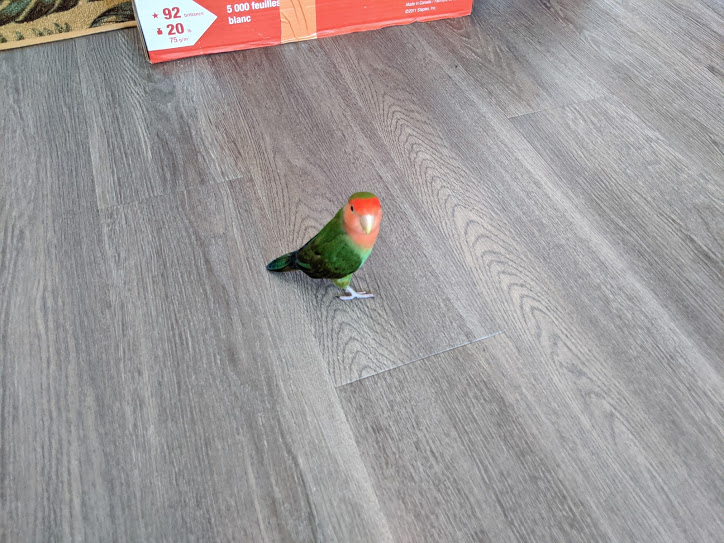The problem of smartphone distraction in the classroom is my nightmare. I have tried various teaching strategies and classroom management techniques to deal with the problem well aware that the expectation is that I must deal with the problem in the classroom and avoid at all costs the problem reaching the Principal Office. The reason for this is that the Principal Office is of no help in the matter and does not have any part in the solution that I need to find for myself to deal with the problem.

Introduction
I researched and read extensively about smartphone distraction in the classroom. First, I found that “Put away your phone everybody” as a long term strategy is untenable because smartphone use is so prolific outside the classroom. Second, my readings coalesced around how to approach and deal with smartphone distraction in the classroom using pedagogy. Next, I read that education gaze traditionally foregrounds student agency and pedagogical approaches to smartphone distraction in the classroom try to reclaim an illusory independent human agency. This is a revelation for me. The takeaway is that students are not able to prevent their smartphones from distracting them in class.

Knowledge cannot be transferred to passive learners. The ability of young people, (so called “digital natives”), to multitask is a myth. Is the nonexistence of human multitasking ability a sufficient reason to ban smartphones absolutely from classrooms? Some functions of smartphones may be helpful while driving, therefore smartphones are not generally banned from being used in a car. Similarly, smartphones may be a distraction in the classroom or maybe useful as a learning aid. Thus begins the debate whether smartphones can be a learning aid or a distraction when students already have their smartphones in their hands.

On the pro side, for using smartphones in the classroom we have:
- Using educational learning apps: The apps can help students record material, improve time management and organization skills.
- Incorporating digital platforms into lessons: Social media can encourage student participation in the discussion, especially helpful for introverted students.
- Supplementary digital materials and extra information: Teachers can provide students with extra resources.

On the con side, against using smartphones in the classroom we have:
- Distractions: Use of cell phones in the class permits them to check social media and text friends leading to distractions for them and their nearby peers.
- Cyberbullying: It is now recognized that cyberbullying is very much present in the lives of young people. Easy access to smartphones can make it harder to manage this problem.
- Cheating: Smartphones may pose further difficulties for the management and minimization of this widespread problem. It is easier for students to cheat because the smartphone can be preloaded with material or used to access help and material from outside.
- Disconnection from face-to-face activities: Heavy use of non-social media can disconnect students from other students, the education activity, and spiral them into isolation.

It is not too difficult to find information on dealing with smartphones distraction in the classroom.

The general recommendation for dealing with smartphones distraction in the classroom is that teachers need to evolve their teaching style and have teaching strategies for teaching in contexts where the students are distracted on their smartphones with activities unrelated to schoolwork in class.

However, the relations between students and their constant digital companions, their smartphones, cannot be reduced to instrumental pedagogical relations.

The digital companionship and attachment between students and their smartphones should be considered at an ontological level, not merely at a pedagogical level.

The emotional relation of students with their smartphones, their “soul mates“, can mean that it becomes more and more difficult to launch engaging teaching strategies as alternatives for the easy and addictive digital engagements.

Affect is at the center of and connects student’s lives, digitality and education. It is through affect that engagements with smartphones acquire their life-changing intensity.

These affective intensities do not simply emerge from nowhere, but they are partly result of meticulous market research and corporate strategy, with the software and hardware companies aiming to maximize the time their users spend engaged in their products.

So, what’s the takeaway?
The affective nature of students’ engagements with smartphones is companionship. Smartphones become almost like body parts, which are obviously used as hands and eyes. Students refer to smartphones as “best friends” or “soul mates”. While students have access to their smartphones, the smartphones also have access to the students. As such, events, ideas and provocations outside the realm of education flow into the classroom via the students’ smartphones. The digital companionship, attachment and entanglements between young students and their smartphones should be considered at an ontological level, not merely at a pedagogical level.

Conclusion
Education gaze traditionally foregrounds student agency and pedagogical approaches to smartphone distraction in the classroom try to reclaim an illusory independent human agency. Therefore, more stimulating and engaging pedagogy alone is not the answer to smartphone distraction in the classroom.


